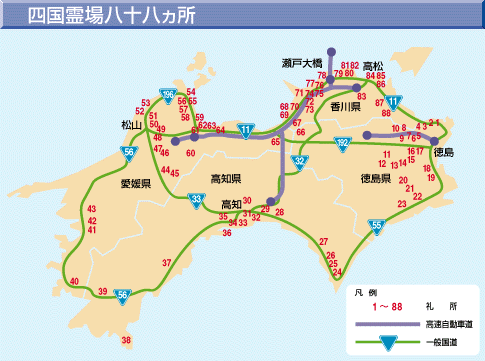 ......Japanese version is here
......Japanese version is hereYoshihiro OoMIYA
..............................................................................................................................................................................................................................................
Preface

 Written in August, 1998...( Translated by Shoji Sugita )
Written in August, 1998...( Translated by Shoji Sugita )